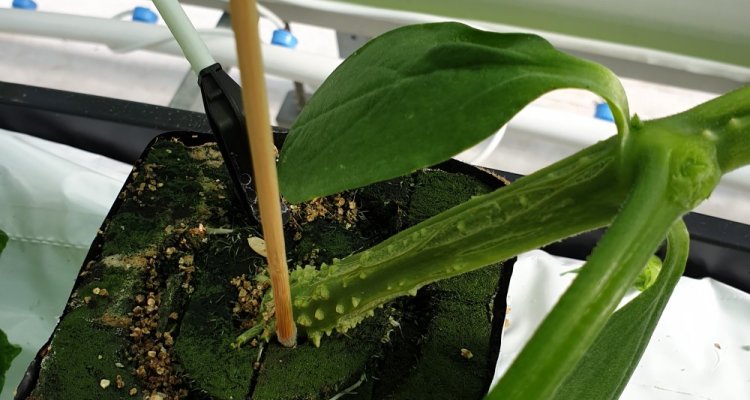
News
Better crop control starts at the roots
How can growers manage their crops even better? To this end, the Business Unit Greenhouse Horticulture and Flower Bulbs of Wageningen University & Research is investigating the root environment of cucumbers. This shows, among other things, that the controlled supply of specific microbial food can provide the desired control.
The research examines whether controlling the root environment of a crop can be applied in an integrated manner by feeding specific microbial food to the plant. That food can come from the type of growing medium, organic fertilizer or from non-microbial biostimulants.

The research consists of a number of parts. For example, WUR tries to monitor all relevant factors in the root environment simultaneously. This is done by measuring the elements T, WC, pH and Cx supply (where the x stands for the measured supply of a type of organic matter specifically to stimulate one group of microbials) and by using those measurements to calculate the degradation and predicted accumulation in the substrate slab. The researchers compare the predicted accumulation with the measured accumulation of C, N and, if necessary, more elements. In addition, the researchers are waiting for so-called NGS measurements, which show how the types and numbers of the micro-organisms react.